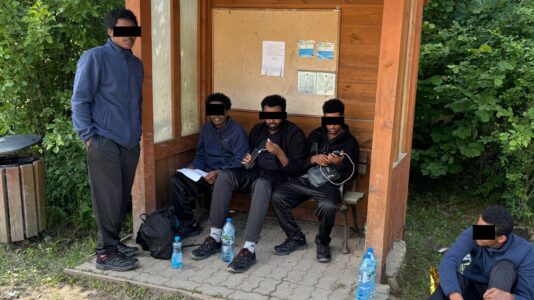Czech journalist Lubos Palata recently visited the city of Cieszyn and was shocked by what he found. He expressed his embarrassment over the stark differences between the Polish and Czech sides of the city.
“Welcome to Czech Cieszyn, a city that has drastically fallen behind its Polish counterpart more than a century after the partition,” he wrote.
Palata’s visit to the Polish border town was part of his series “Divided by Europe” for Denik.cz, focusing on Czech border towns.
“The Czech part brutally loses out to the Polish side. It’s shocking,” he noted.
Crossing the Olza River from a vibrant town filled with shops, cafes, restaurants and bustling weekend crowds, he described arriving in what seemed like a slum-like ghetto.
“Blackened plaster, liquor stores and children of Vietnamese shop owners running in the streets. Welcome to Czech Cieszyn, a city that has significantly lagged behind Polish Cieszyn for over a hundred years,” Palata reported.
Cieszyn was originally one city until 1919 when the Polish-Czechoslovak wars over Cieszyn Silesia concluded, leading to the city’s division. The border between the two countries was set along the Olza River, splitting the city into two. Today, the term “Cieszyn” refers to the right bank part in Poland, which includes the market square, while the left bank belongs to the Czech Republic and is officially known as Cesky Tesin.
Palata observed that, due to this division, the only superior feature he found on the Czech side was the train station.
In contrast, in Polish Cieszyn, he appreciated landmarks such as the Cieszyn Castle and the famous Romanesque rotunda depicted on the 20-zloty banknote. He also highlighted the lower prices in Polish shops.






